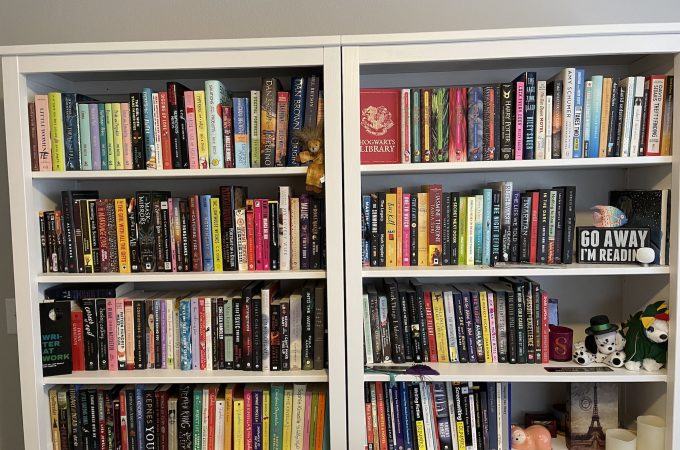
How to write a good first chapter
Writing a book is an undertaking in itself but then you add on the stress of reading all this advice about how you have a few pages or maybe a first chapter to get a publisher’s or agent’s attention that you could spiral down into a period of writing and rewriting your first chapter to make sure it’s perfect.
Stop!
Stop worrying and stressing over your opening chapter. If it sets the foundation to your story and introduces us to the main players, you’ve got it. The first chapter really acts as an introduction and hook and if you’ve given a reader a reason to continue to chapter 2, you’ve done your job.
So what does it take to properly set the stage for your novel? Let’s look at five key things you’ll need to write a good first chapter of a novel.
5 things to include in your novel’s first chapter

1. Introduce the protagonist
This should be a given, but you should introduce us, your readers, to the protagonist or main character we’ll be following throughout the rest of the novel. You should also show them in their element or natural state of being. Who are they now and why would readers want to see them go through a change?
While introducing the protagonist it’s also good to show us the protagonist’s goal as this can help readers identify with the character and root for them. This also could mean it’s time to show or hint at their motivation for wanting to achieve their goal and go on this journey.
Staying more toward the surface, it’d be helpful to give us a sense of your character by sharing their gender, age, a personality trait or two, and maybe show their flaw or show the character struggling to control their flaw. The more relatable the protagonist is, or at least the more we can see that they’re a compelling character, we’ll be more likely to stick it out and turn the page closer to chapter 2.
2. Establish the POV
How are your readers interacting with the story? Can they see it all in third-person or are they going along for the ride in the protagonist’s head in first-person POV? Are we following one character for a chapter and then another? Set some ground rules for how the reader will enter your story and how intimately they’ll follow it.
By showing how wide or limited the scope is, readers can set their own expectations on what kind of information they’ll have. For example, if your story is in first-person POV readers know the story will be skewed by the protagonist’s view of things and that we won’t get to see things happening offscreen. Whereas if your story is in third-person, we might expect to know things the protagonist doesn’t.
3. Set the setting and genre
What kind of world are we in? In what time period are we going on this journey? Give your reader a sense of the setting, even if the story is taking place on another planet or way off in the future. Again, this helps set expectations on what’s possible in the story.
If I’m reading a fantasy that takes place on a spaceship in another galaxy, I’m willing to bend the rules on the science and societal structure. But if I’m reading a book set in our own world and time, I might not be so forgiving if the main character starts using technology that doesn’t exist unless they work for a secret government agency or it’s hinted that they’re not human.
You can also immediately let people know the genre your book falls into with the first chapter. Often, thrillers or whodunnits start off with a murder or someone finding a body, but that would not be a good opening for a romance novel – unless the two people falling in love are crime scene investigators with stomachs of steel.
Invite the reader into your world but don’t feel the need to info dump and tell them everything. They should have a hint of the kind of ride they’re on but still be intrigued to learn more.
4. Introduce the antagonist
We’ve met who we’re following in this story but we also need to see who the protagonist is up against by getting an introduction to the antagonist. This introduction should tell us why these two are in opposition and it should show the antagonist as a formidable foe. There’s no point in reading a story where the antagonist is a bumbling idiot and anyone could challenge them. Give us just a taste of who they are and what motivates them to act against the protagonist.
5. Create conflict
Finally, you’ll want to make sure there is some sort of action, conflict, or mystery in the first chapter to encourage readers to continue turning the pages and going into chapter 2, then chapter 3, and so on. If it feels like we just read a dating profile on the protagonist but never saw them in action it’s harder to want to continue.
There has to be something happening that’s pushing the story forward and forcing the protagonist to act or at least react? Did they just come home and find out their dad who left 15 years ago is sitting in their living room with a smile on his face? Did they just get a phone call from the antagonist saying they kidnapped someone the protagonist loves? Did the cops show up to question the protagonist about a missing person that the readers already know is dead?
Give the readers something that needs to be solved and entices them to see what the protagonist does.
Did I miss anything that must be in a first chapter? Tell me your tips for writing a good first chapter in the comments below!




